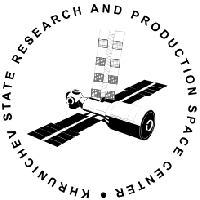Oryol Test Flight
Liftoff Time
No Earlier Than 2028
Mission Details
Launch Notes
First flight of Oryol. First flight of a new Russian spacecraft since 1988. First flight of Angara with an escape tower.
Oryol
Oryol, formerly Federatsiya, is a project by Roscosmos to develop a new-generation, partially reusable crewed spacecraft. Until 2016, the official name was Пилотируемый Транспортный Корабль Нового Поколения, or PTK NP, meaning "New Generation Piloted Transport Ship". The goal of the project is to develop a next-generation spacecraft to replace the Soyuz spacecraft developed by the former Soviet Union to support low Earth orbit and lunar operations. It is similar in function to the US Orion or Commercial Crew Development spacecraft. The PPTS project was started following a failed attempt by Russia and the European Space Agency (ESA) to co-develop the Crew Space Transportation System (CSTS). Following ESA member states declining to finance Kliper in 2006 over concerns about workshare then again declining to finance development of CSTS in 2009 over technology transfer to Russia that could be used for military purposes, the Russian Federal Space Agency ordered a new crewed spacecraft from Russian companies. A development contract was awarded to RKK Energia on 19 December 2013. Oryol is intended to be capable of carrying crews of four into Earth orbit and beyond on missions of up to 30 days. If docked with a space station, it could stay in space up to a year, which is double the duration of the Soyuz spacecraft. The spacecraft will send cosmonauts to lunar orbit, with a plan to place a space station there, called Lunar Orbital Station.
Low Earth Orbit
1 Payload
20,000 kilograms
Rocket


Manufacturer
KhrunichevPrice
$100.00 million
Rocket
Diameter: 8.86m
Height: 55.4m
Payload to Orbit
LEO: 25,000 kg
GTO: 6,000 kg
Liftoff Thrust
9,610 Kilonewtons
Fairing
Diameter: 4.35m
Height: 15.2m
Stages
2
Strap-ons
4
Launch Site
Vostochny Cosmodrome, Russia
Stats
Angara A5
1st
Mission of 2028